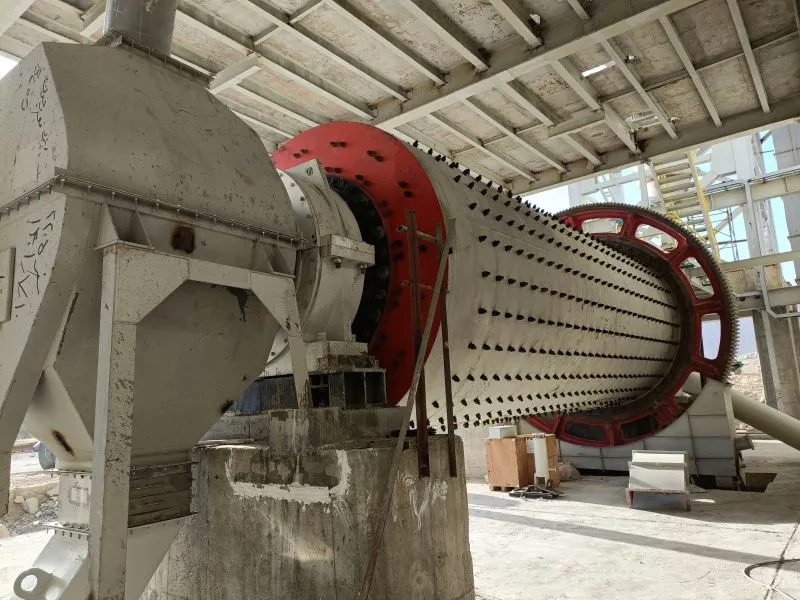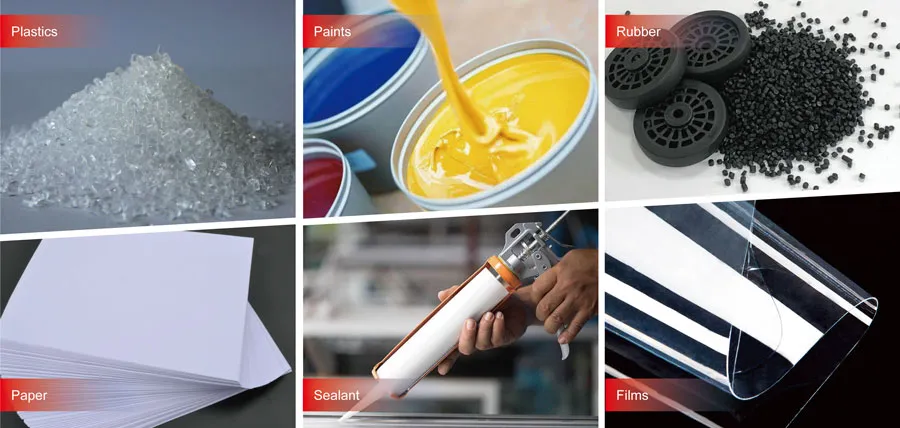Dry grinding calcium carbonate with a ball mill is vital in many industries. These include construction, plastics, and pharmaceuticals. This method offers several advantages, particularly in terms of efficiency and product quality. We will explore the details of this process, its uses, and the factors that affect its success.

Overview of Calcium Carbonate
Calcium carbonate (CaCO3) is a widely used mineral. It occurs in various forms, including limestone, marble, and chalk. It is utilized in numerous applications due to its properties such as:
- Chemical Stability: CaCO3 is chemically stable and non-toxic.
- Versatility: It can be used as a filler in products like plastics, paints, and rubber.
- Cost-Effectiveness: It is relatively inexpensive compared to other minerals.
The demand for finely ground calcium carbonate has increased. It is now used in various industries, such as:
- Construction: Used as a filler in concrete and asphalt.
- Plastics: Enhances the mechanical properties of plastic products.
- Pharmaceuticals: Serves as an active ingredient and excipient.
The Ball Milling Process
Ball milling is a mechanical process. It grinds materials using balls made of steel or ceramic. The process involves several steps:
- Loading the Mill: The calcium carbonate and grinding balls are loaded into the ball mill.
- Grinding: The mill rotates. The balls collide with the material, reducing its size.
- Discharge: Once the desired particle size is achieved, the mill will discharge the ground material.
Several factors can influence the efficiency of this process:
- Ball Size: Larger balls work better for coarse grinding. Smaller balls are best for fine grinding.
- Mill Speed: The speed at which the mill operates can affect the impact force on the particles.
- Material Properties: The hardness and moisture of calcium carbonate can affect grinding efficiency.
Advantages of Dry Grinding
Dry grinding of calcium carbonate using a ball mill offers several benefits:
- Energy Efficiency: Compared to wet grinding methods, dry grinding typically requires less energy.
- Product Quality: Dry grinding can produce finer particles with a narrow size distribution.
- Reduced Contamination: Dry grinding uses no liquids. So there is less risk of contamination from additives or solvents.
Applications of Ground Calcium Carbonate
The finely ground calcium carbonate produced through this method has various applications:

- Construction Materials: Used as an aggregate in concrete and as a filler in asphalt.
- Paints and Coatings: Acts as a pigment and improves durability.
- Plastics Manufacturing: Enhances mechanical properties and reduces production costs.
- Food Industry: Serves as a food additive and dietary supplement.
Challenges and Considerations
Dry grinding with ball mills has many benefits. But, there are challenges to address.
- Dust Generation: Dry processes can create airborne dust. This may require safety measures to reduce it.
- Wear on Equipment: Calcium carbonate is abrasive. It can wear out milling equipment over time.
- Control of Particle Size Distribution: To get a consistent particle size, you may need to adjust the milling process.
In conclusion, ball milling for dry grinding of calcium carbonate is vital. It is important to many industries. Manufacturers can optimize their methods and improve product quality. To do this, they must understand this process’s mechanics, advantages, and challenges.